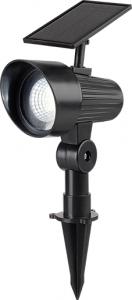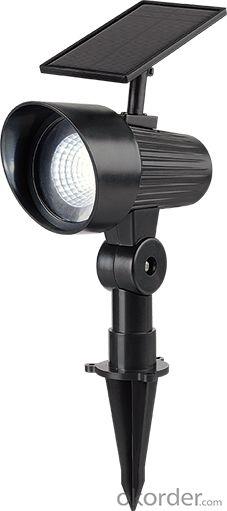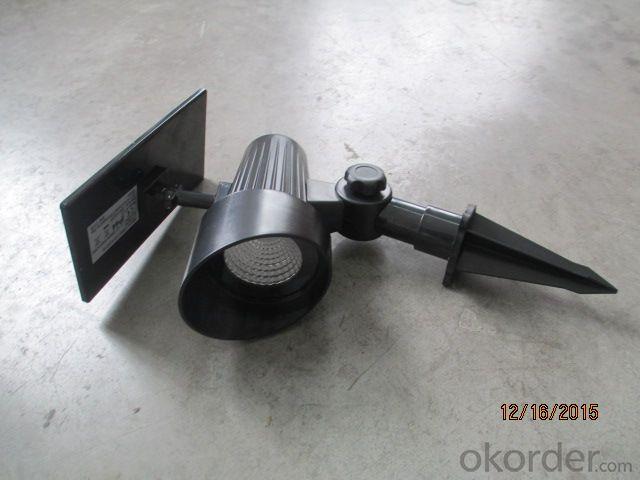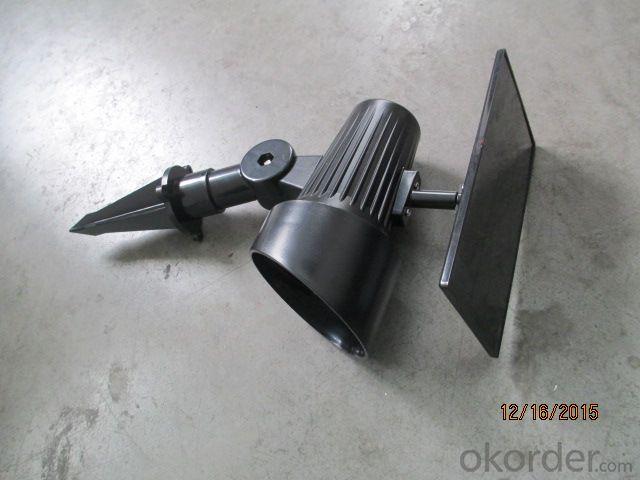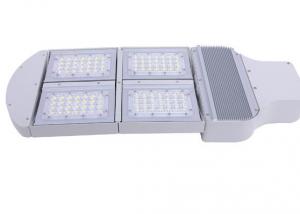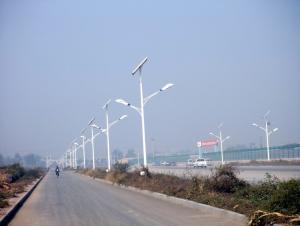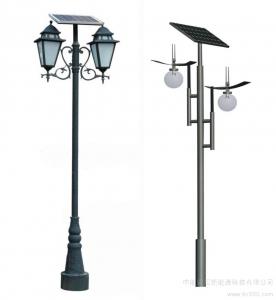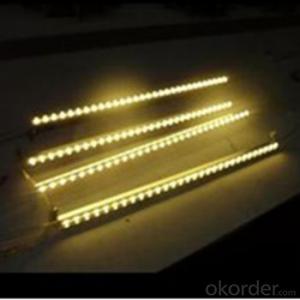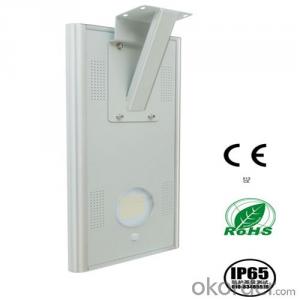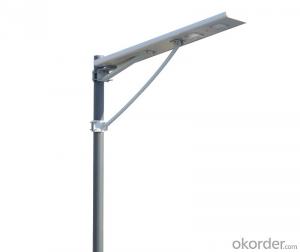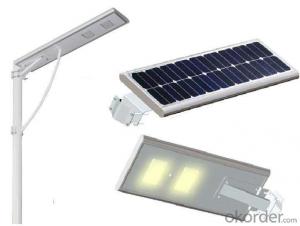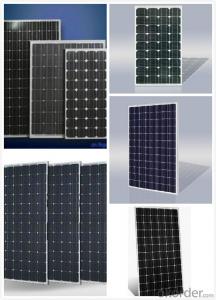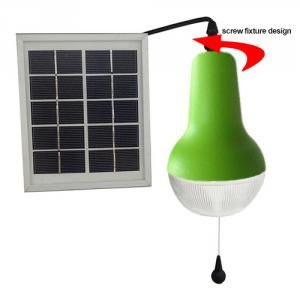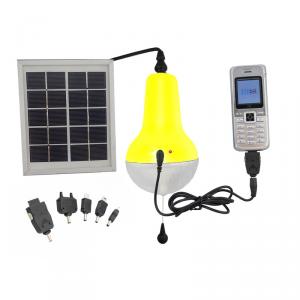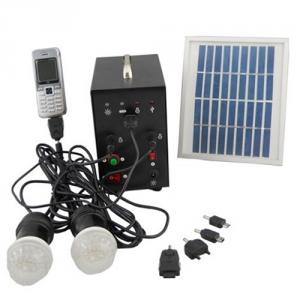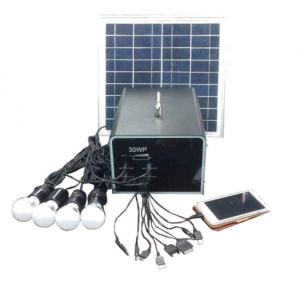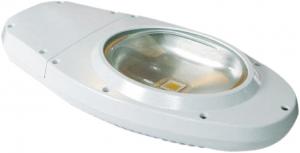Solar Light Panel BT9005C Solar
- Loading Port:
- Ningbo
- Payment Terms:
- L/C,T/T
- Min Order Qty:
- 5000 Pieces pc
- Supply Capability:
- 5000 Pieces per Month pc/month
OKorder Service Pledge
Quality Product, Order Online Tracking, Timely Delivery
OKorder Financial Service
Credit Rating, Credit Services, Credit Purchasing
You Might Also Like
Light body materials: PS, Included mounting
accessories
Long buring time: Approx. 8 hours when fully
charged
Protection class: IP44
2LED, 3 batteries with solar panel, 30LM
Suitable places: Lawn, Garden, Park, Path, etc
accessories
Long buring time: Approx. 8 hours when fully
charged
Protection class: IP44
2LED, 3 batteries with solar panel, 30LM
Suitable places: Lawn, Garden, Park, Path, etc
- Q: Can solar lights be used as landscape lighting?
- Yes, solar lights can be used as landscape lighting. They are a popular and environmentally friendly option for illuminating and enhancing outdoor spaces such as gardens, pathways, and patios. Solar lights harness sunlight during the day and use it to power LED bulbs at night, providing soft and ambient lighting. They are easy to install, require no wiring or electricity, and can be placed anywhere with access to sunlight.
- Q: Can solar lights be used for agricultural or farming purposes?
- Solar lights have the capability to be utilized in agricultural and farming tasks. When it comes to illuminating areas like fields, barns, and livestock shelters, solar lights prove to be a sustainable and cost-effective solution. They can effectively provide lighting for a variety of farming activities, such as planting, harvesting, and tending to livestock. By using solar panels, solar lights are able to convert sunlight into electricity, which can then be stored in rechargeable batteries. This eliminates the need for an external power source, making solar lights particularly suitable for remote areas or locations without access to electricity. Their installation is straightforward and they require minimal maintenance, thereby reducing the inconvenience and expenses associated with traditional lighting systems. Apart from providing illumination, solar lights can deliver additional benefits for agriculture. For instance, certain solar lights are equipped with motion sensors that can detect movement and discourage pests from entering farming areas. This effectively safeguards crops and livestock from potential harm. Additionally, solar lights play a role in decreasing carbon emissions and promoting sustainability within agriculture. Through harnessing the renewable energy of the sun, farmers can reduce their dependence on fossil fuels and contribute to a more environmentally friendly farming practice that is greener overall. In summary, solar lights are a versatile and pragmatic choice for agricultural and farming purposes. They offer reliable and efficient lighting solutions, while also delivering numerous environmental advantages.
- Q: Are solar lights suitable for use in off-grid cabins or homes?
- Yes, solar lights are suitable for use in off-grid cabins or homes. Since off-grid cabins or homes are not connected to the electrical grid, solar lights are an excellent alternative for providing lighting. Solar lights operate by harnessing energy from the sun through solar panels and storing it in batteries for later use. This makes them highly suitable for off-grid locations where access to electricity may be limited or nonexistent. Solar lights offer several advantages for off-grid cabins or homes. Firstly, they are environmentally friendly since they rely on renewable solar energy, reducing the carbon footprint and promoting sustainability. Secondly, they are cost-effective in the long run as they do not require electricity from the grid, which means lower energy bills. Additionally, solar lights are easy to install and maintain, making them convenient for off-grid living. Furthermore, solar lights can provide adequate illumination for various purposes, including interior lighting, outdoor lighting, and security lighting. They come in different types, such as solar lanterns, solar floodlights, or solar-powered string lights, allowing homeowners to choose the most suitable option for their specific needs. However, it's important to note that solar lights may have limitations in extremely cloudy or rainy areas where sunlight is scarce. In such cases, alternative lighting solutions may need to be considered. Additionally, the capacity of the solar panels and batteries should be appropriately sized to ensure sufficient energy storage for extended periods without sunlight. Overall, solar lights are a practical and efficient lighting solution for off-grid cabins or homes. They provide sustainable, cost-effective, and reliable lighting while reducing the reliance on traditional electricity sources.
- Q: Are solar lights suitable for use in urban areas?
- Yes, solar lights are suitable for use in urban areas. They are an excellent option for urban lighting due to their low energy consumption, environmental friendliness, and ease of installation. Additionally, solar lights can provide sufficient illumination in urban settings, enhancing safety and visibility in public spaces such as parks, streets, and parking lots.
- Q: Can solar lights be used for lighting up outdoor art installations or sculptures at night?
- Certainly, solar lights can be utilized to illuminate outdoor art installations or sculptures during nighttime. These lights operate by harnessing sunlight and storing energy in rechargeable batteries, which they later utilize to illuminate LED bulbs once darkness falls. Consequently, they offer a sustainable and economical alternative for lighting outdoor art installations or sculptures, eliminating the necessity for electrical wiring or access to a power source. Solar lights are available in a variety of designs and sizes, allowing for flexibility in terms of their placement and installation. They can be effortlessly mounted on walls, poles, or other structures, making them suitable for illuminating a wide range of outdoor art installations or sculptures. Moreover, solar lights are equipped with sensors that activate them at dusk and deactivate them at dawn, guaranteeing consistent and proper illumination for the art installations or sculptures throughout the night without requiring manual intervention. Some solar lights even provide adjustable brightness settings, enabling users to customize the lighting intensity and ambiance. Additionally, solar lights are typically designed to be weather-resistant and capable of withstanding outdoor conditions. This renders them suitable for use in various climates and environments, ensuring that the art installations or sculptures remain well-lit even during adverse weather conditions. To summarize, solar lights represent an excellent choice for illuminating outdoor art installations or sculptures at night. Their sustainability, cost-effectiveness, ease of installation, and automatic illumination make them highly desirable. With their versatility and ability to withstand different weather conditions, solar lights enhance the visual impact of outdoor art, creating a captivating and environmentally-friendly lighting experience.
- Q: Can solar lights be used for outdoor seating areas?
- Yes, solar lights can definitely be used for outdoor seating areas. They are a great option for adding ambiance and illumination to outdoor spaces without the need for electricity or wiring. Solar lights are easy to install, energy-efficient, and provide a sustainable way to light up outdoor seating areas, making them perfect for enhancing the atmosphere and functionality of outdoor spaces.
- Q: Can solar lights be used for outdoor sports stadiums?
- Definitely, outdoor sports stadiums can indeed utilize solar lights. Solar lights present an excellent alternative to traditional electrical lighting systems, as they are powered by sunlight, making them both energy-efficient and environmentally friendly. They can be conveniently installed in various areas of the stadium, such as the field, stands, parking lots, and walkways. Typically, solar lights consist of a solar panel that absorbs sunlight and converts it into electricity. They also contain a rechargeable battery to store this energy. The stored energy is then used to power the lights during the night or when there is insufficient sunlight. These lights provide bright and efficient illumination, ensuring the safety and visibility of players, spectators, and staff in the stadium. Furthermore, solar lights offer numerous advantages for outdoor sports stadiums. Firstly, they reduce energy costs by eliminating the reliance on expensive grid electricity. Secondly, they have low maintenance requirements due to their simple wiring systems, which reduces the need for frequent repairs and replacements. Additionally, solar lights are not affected by power outages, ensuring uninterrupted lighting during events. Moreover, solar lights contribute to sustainability efforts by reducing the stadium's carbon footprint. By utilizing renewable energy, they help to decrease greenhouse gas emissions and promote a cleaner environment. This aligns with the current trend of incorporating eco-friendly practices in sports facilities. In conclusion, solar lights are a practical and efficient option for outdoor sports stadiums. They offer cost savings, low maintenance, and environmental benefits, making them a viable choice for illuminating these vast and often energy-demanding spaces.
- Q: Do solar lights have adjustable brightness levels based on ambient light?
- Indeed, a multitude of solar lights possess adjustable brightness levels contingent upon the ambient light. These lights come furnished with sensors that perceive the quantity of natural light in their vicinity. Once the sun descends and the ambient light diminishes, the sensors prompt the lights to activate automatically and modify their brightness levels accordingly. This characteristic empowers the solar lights to preserve energy throughout the daytime while ensuring ideal illumination during the nighttime. Additionally, certain solar lights provide manual settings as well, enabling users to customize the brightness levels in accordance with their personal preferences.
- Q: Are solar lights suitable for public parks or recreational areas?
- Yes, solar lights are suitable for public parks or recreational areas. They are a cost-effective and environmentally friendly option for illuminating these spaces, providing adequate lighting for safety and security purposes while reducing energy consumption and carbon emissions. Additionally, solar lights are easy to install and require minimal maintenance, making them a practical choice for outdoor areas that may not have access to traditional electricity sources.
- Q: Can solar lights be used on rooftops and awnings?
- Yes, solar lights can definitely be used on rooftops and awnings. In fact, they are an excellent choice for outdoor lighting in these areas. Solar lights are designed to harness the energy from the sun and convert it into electricity, which is then stored in rechargeable batteries. This means that they don't require any wiring or electricity connection, making them ideal for rooftops and awnings where it may be difficult or impractical to install traditional lighting fixtures. Solar lights are also easy to install and can be mounted on various surfaces, including rooftops and awnings, using screws or adhesive. They are weatherproof and durable, able to withstand different weather conditions. Moreover, solar lights are environmentally friendly and energy-efficient, as they run solely on solar power and do not contribute to greenhouse gas emissions. So, whether you want to illuminate your rooftop terrace or create a cozy ambiance on your awning-covered patio, solar lights are a great option.
Send your message to us
Solar Light Panel BT9005C Solar
- Loading Port:
- Ningbo
- Payment Terms:
- L/C,T/T
- Min Order Qty:
- 5000 Pieces pc
- Supply Capability:
- 5000 Pieces per Month pc/month
OKorder Service Pledge
Quality Product, Order Online Tracking, Timely Delivery
OKorder Financial Service
Credit Rating, Credit Services, Credit Purchasing
Similar products
Hot products
Hot Searches
Related keywords
